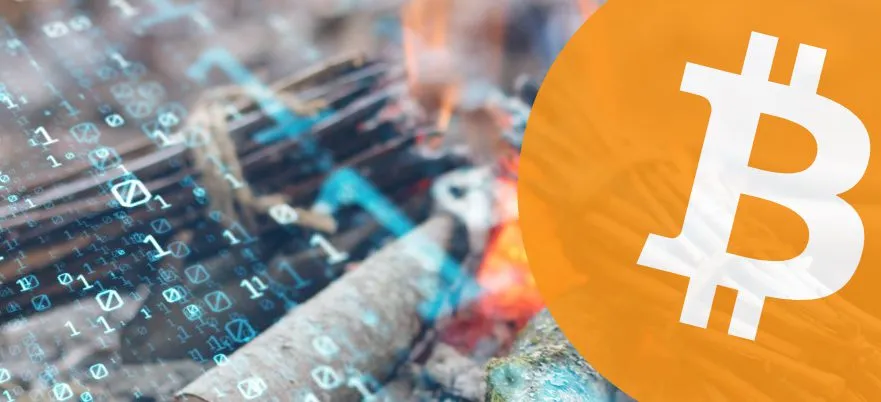|
Getting your Trinity Audio player ready...
|
Here are some precautionary measures to help keep your funds safe in the midst of the November hard fork.
In October 11, Bitcoin.org issued a warning that there are many incompatibility issues stemming from the upcoming SegWit2x hard fork this November. Incompatibility with major services isn’t the only issue, however. Threats of replay and wipeout attacks, among other things, have also surfaced.
While nobody knows exactly how the upcoming hard fork will affect everyone (and to what extent), to ensure the security of your accounts and the safety of your funds, below are some precautionary measures to help you prepare for the November ruckus.
Before it happens
If you store your funds in an exchange, you may consider moving them elsewhere during this time. By default, hardware wallets and paper wallets are preferable for storing coins you are HODLing. This is all the more true during hard forks.
A full node client such as Bitcoin Core would also work. A full node software is a desktop app that lets you hold your own private keys. This is not the same as your password for your exchange account. These applications require your private key for every BTC address before a transaction can push through. In the case of exchanges, the exchange holds your private keys for you—all you have to do is log in with your email and your password. While exchanges are more user-friendly, full node clients are far more secure although they eat up your bandwidth and heat up your computer really fast.
If you’re not familiar with how to run full node clients (or you are but are not willing to go through that trouble), Bitcoin.org recommends GreenAddress, Electrum or TREZOR.
Bitcoin.org also warns users that they may find after the SegWit2x hard fork that their BTC has changed into an entirely different alt coin.
But in any case, you have to weigh whether it’s worth risking your funds by keeping them in exchanges during these turbulent times. True, the chaos can cause fluctuations that may be profitable. But keep in mind that some exchanges may freeze operations for some time as a security measure, which means you might not be able to move your coins around during the fork itself. So it’s best to decide on your game plan well before the fork activation starts.
During the hard fork activation
Do not transact through mobile wallets. This endangers your wallet and opens it up to possible attacks. As a general rule, do not transact at all during this time—through any method. It would be safer if you do all your transactions far ahead of the fork (days, if possible), especially with the irregular transaction processing times. There’s a chance your transaction will get stuck long enough to coincide with the hard fork. Then it’s in limbo for an even longer time.
After
Even after the fork, it’s best to wait a little bit longer before making any transactions. Threats of replay protection are at its highest at this time. With little replay protection, malicious entities will try to take advantage of this vulnerable occasion and leech out whatever they can from unsuspecting users.
Check reputable sources to be informed of any issues and if there are any additional measures you have to take. Bitcoin.org also warns of more scams popping up during this time. Scam websites will be offering to split your coins so you can get the bonus coins in the new chain. Don’t go clicking links. Only trust reputable sites and programs and keep yourself updated with news and legitimate guides.

 07-02-2025
07-02-2025 





